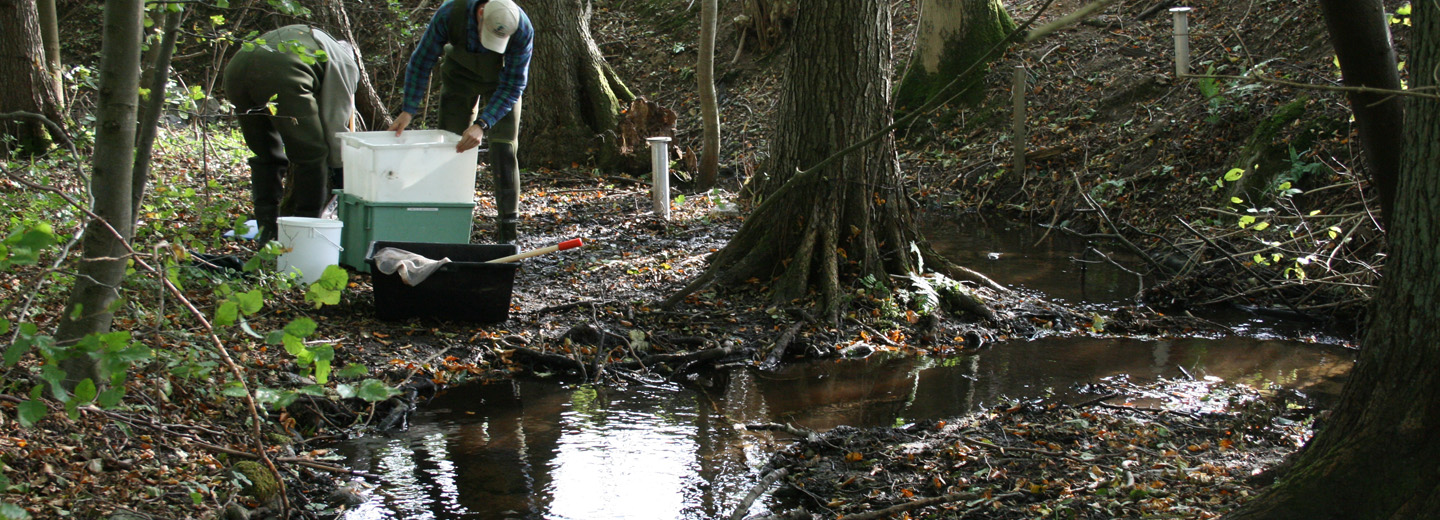
Male trout are now real males again
The media has been telling us about feminised male fish for decades, but now researchers at SDU announce that this feminisation has completely disappeared in certain parts of Denmark.
Male fish that live in the proximity of discharges from wastewater treatment plants have proved to be feminised in many countries.
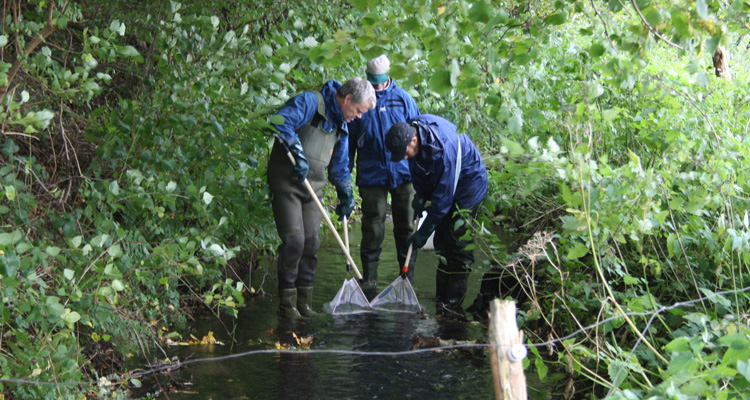
This is mostly due to the presence of female sex hormones in the wastewater - e.g. natural oestrogens and synthetic oestrogens from contraceptive pills, which are only removed from wastewater if advanced purification is carried out at the wastewater treatment plant.
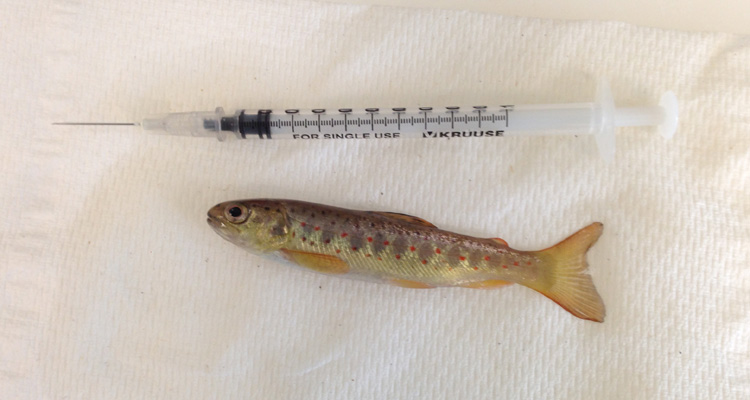
The feminisation can be seen as i.a. elevated concentrations of egg yolk proteins in the blood of the males. In contrast to male trout, females produce their own oestrogens. This means that the egg yolk proteins are usually only found in females, where the proteins are integrated into the eggs.
It is all about wastewater treatment
The majority of municipal wastewater treatment plants in Denmark are highly advanced and so effective in removing natural oestrogens and synthetic contraceptive pill oestrogens from the wastewater that concentrations in the purified wastewater are too low to feminise male fish.
- Despite this, we found that there was widespread feminisation among some male brown trout in certain Danish streams during the period of 2000-2004, but in the period of 2010-2016 we found this feminisation had completely disappeared, says biologist Jane Ebsen Morthorst from Department of Biology.
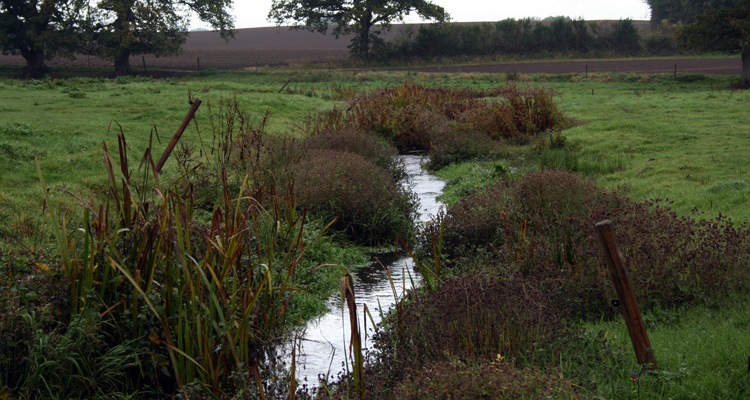
She has just had this study published in the journal Environmental Toxicology and Chemistry, together with colleagues Poul Bjerregaard, Henrik Holbech and Knud L Pedersen from the Department of Biology at SDU.
Wastewater from just a few households are enough to have an effect
- We examined all possible sources of oestrogen activity in the streams, and studied whether any changes occurred between 2004 and 2010. We were able to rule out changes in i.a. precipitation/water flow and agricultural practices.
The only significant change left was that the discharge of poorly purified wastewater from scattered settlements into the streams had been minimised during this period.
There has been a widespread and significant improvement in wastewater treatment for households without sewerage in scattered settlements since around 2003, due to the demands for advanced treatment by the authorities.
Greatly reduced discharges
The wastewater from many households in scattered settlements often passed only through a settling tank in the form of a septic tank or similar, which only removes larger particles and not oestrogens. A previous project proved that discharges from settling tanks contain a sufficient amount of oestrogenic activity to feminise male fish.
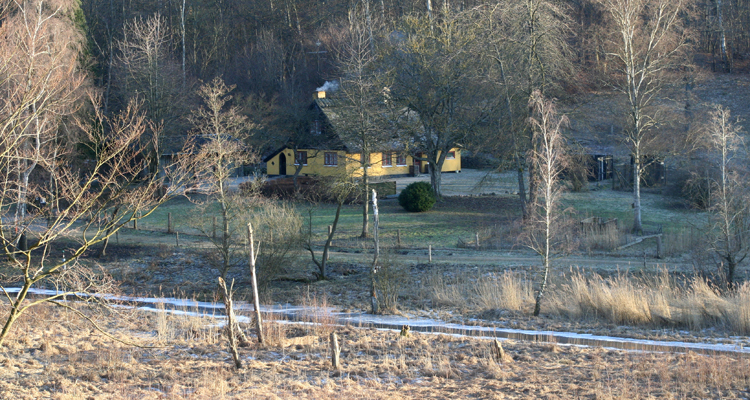
- In collaboration with the environmental departments of the municipalities concerned, we discovered that many properties in scattered settlements had carried out improved wastewater treatment on their own land register or had been connected to a municipal wastewater treatment plant in the period from 2004 to 2010. The discharge of poorly purified wastewater from the scattered settlements had therefore been greatly reduced.
Requirements for the installation of additional purification plants after settling tanks have more than likely resulted in an improvement in the environmental status of Danish streams.
The work was financed by the Danish Environmental Protection Agency via Centre on Endocrine Disrupters.
Contact
Jane Ebsen Morthorst is an Assistant Professor and holds a PhD in biology at Department of Biology. Her research is focused on ecotoxicology.
Ecotoxicology
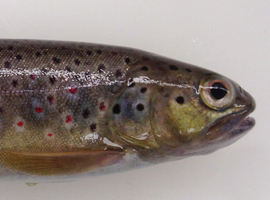
Today 119 million unique chemicals have been registered in the worldwide chemical substance database (CAS) and every five seconds a new chemical is added. How each of those chemicals, alone or in combination, affects humans and wildlife is largely unknown.